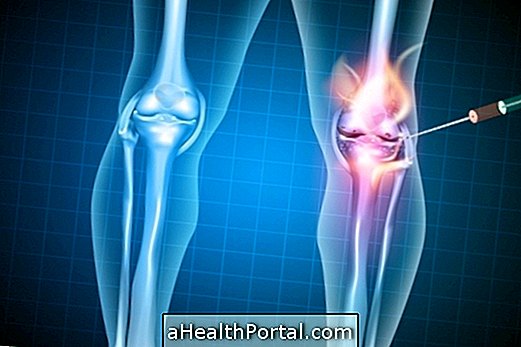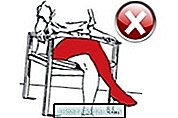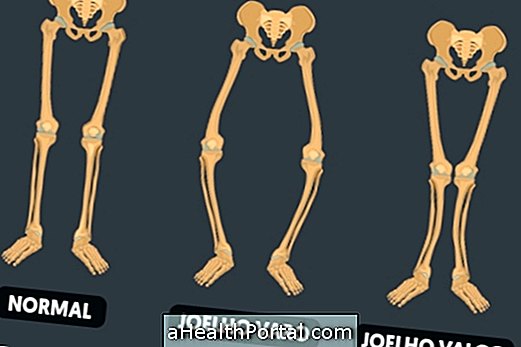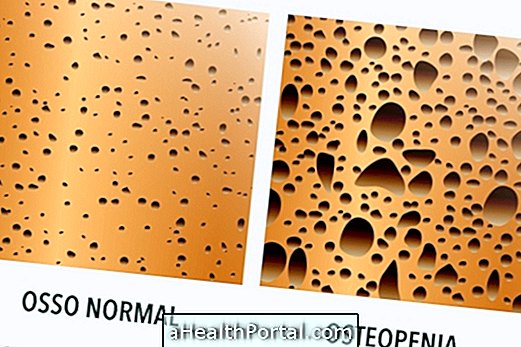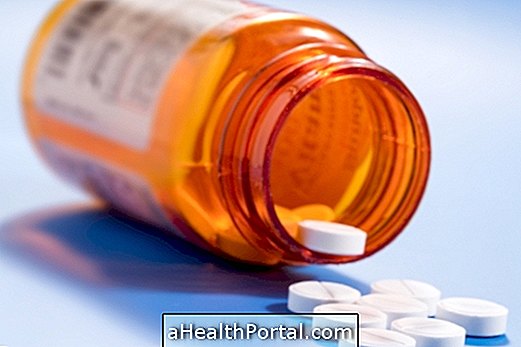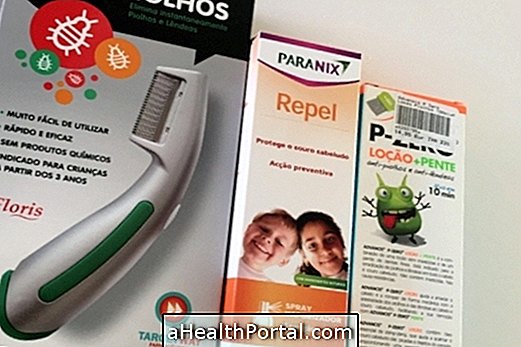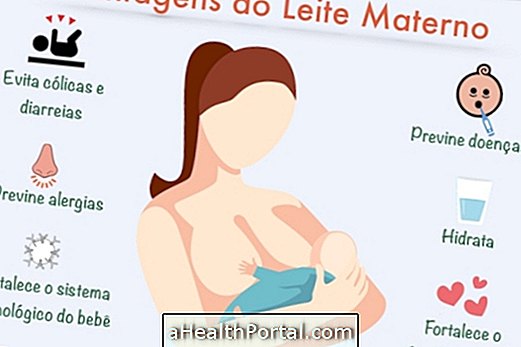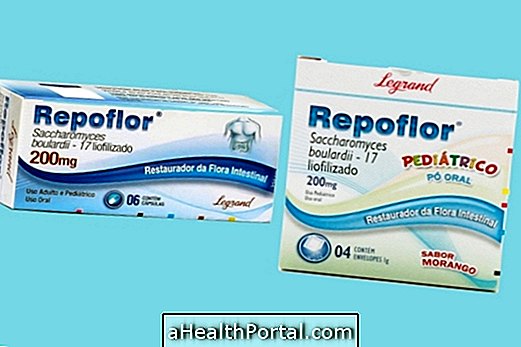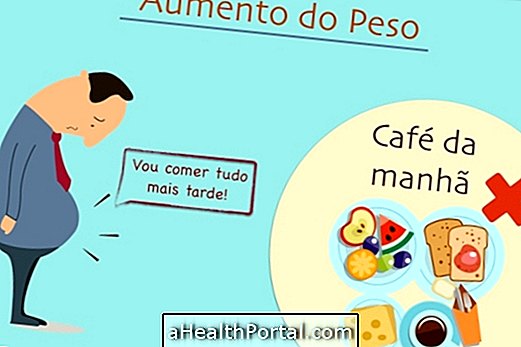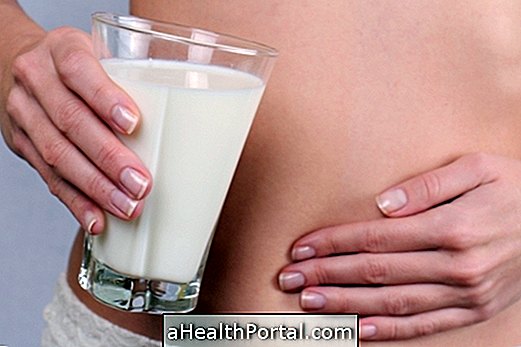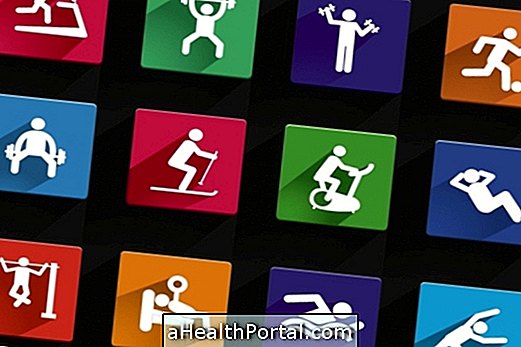Analgesics such as Paracetamol may be helpful in relieving the discomfort of lower back pain, but the maximum daily dose is 4g per day. Anti-inflammatories such as ibuprofen can be used when the pain is very strong and there is inflammation but should not have ingested more than 1.2 g per day.
Lumbar pain, also known as low back pain, is characterized by pain with or without stiffness between the end region of the ribs and glutes. It can be acute: when the symptoms appear suddenly and in short time passes without needing treatment, or chronic: when the symptoms remain for weeks or months.
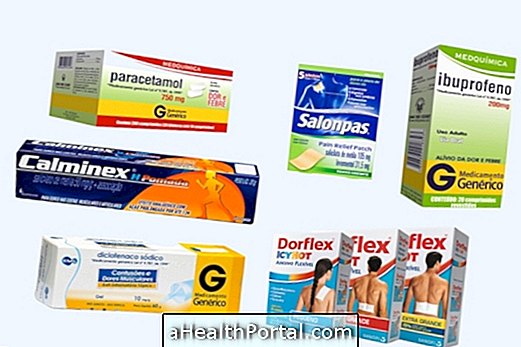
Drug treatment that helps heal lower back pain includes:
1. Tablets or injections
The tablets work systemically, bringing relief of symptoms but usually have side effects and should not be taken without medical advice. In addition to the classic Paracetamol and Ibuprofen, which are best suited for mild or moderate pain, your doctor may also prescribe a combination of the medicines Pregabalin and Celecoxib which is very effective in eliminating the intense pain related to the peripheral nerves.
Muscle relaxants like Carisoprodol and Cyclobenzaprine can also be used against low back pain.
When the back pain is very intense and there are signs of compression of the sciatic nerve such as burning pain, unable to sit or walk, when it appears that the spine is caught, the doctor may prescribe these medications in the form of injections, as well as Vitamin B6 to combat symptoms.
These injections can be used for 7 days and during this time the pain should be controlled or eliminated. However, after an episode of this it is important to do tests such as X-ray or MRI to evaluate the spine and start physical therapy to treat the cause of low back pain.
2. Plaster and ointments
Patches or adhesives such as Salompas, Dorflex and Calminex as well as ointments like Diclofenac can be used and do not need a prescription to be purchased, being easily accessible. They can bring relief of symptoms in a few hours and are usually the first options to combat back pain but are only effective in fighting mild or moderate pain.
Other Ways to Cure Lumbar Pain
Initially drug use is effective in controlling pain but it is important to strive to find out where it originates so that treatment can be directed towards elimination of the cause. Often physiotherapy is needed to control pain without medication, realign all spine and hip structures, and strengthen and stretch specific spinal muscles.
Some methods for treating low back pain are:
- Physical therapy, which must be individualized because the person needs to undergo a personal evaluation, so that the changes that can be corrected are found. See how physiotherapy for low back pain
- Hot compresses in the painful region or electrotherapy sessions that warm the area, and may be helpful in disinflamming the area and eliminating pain
- Postural correction exercises can be introduced after pain relief, to prevent crises of symptoms and to strengthen the spine muscles. Clinical Pilates and RPG are very suitable as they bring relief of symptoms in a few weeks, although the complete treatment takes about 6 months to 1 year.
- Spinal stretches help relieve pain and increase range of motion, providing muscle relaxation. Learn some stretching exercises to relieve spinal pain.
Sometimes when there is a herniated disc or spondylolisthesis the orthopaedist may indicate a spine surgery, but this does not exclude the need for physiotherapy before and after the procedure.
Learn more ways to treat low back pain, without needing medication, in: Treatment for low back pain.
